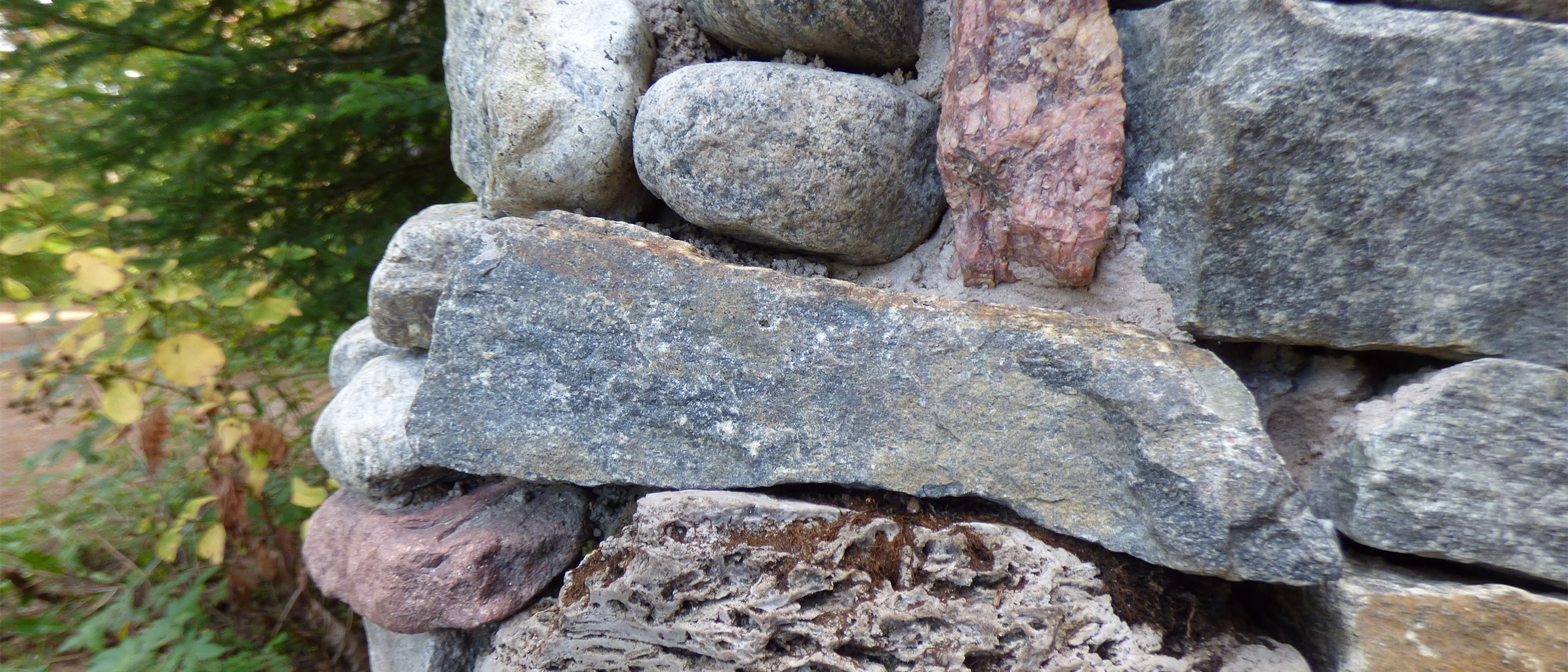
A hard topic
It’s the Adirondacks… there are rocks everywhere! So, when I first contemplated sharing my favorite rock, I thought, well, that’s an easy one! Little did I realize, just how difficult it could be to pick just one. Is it the set of large flat rocks next to Bog River Falls where I could spend hours listening to the water and soaking up the sun's rays? Is it “picture rock,” the giant boulder you pass about halfway up Mount Arab, where my parents always took my photo as a kid -- and I attempt to do the same with mine if I can get them to stand still long enough? Then there’s “the bluffs,” Tupper Lake’s cliff jumping/swimming hole, and the rock near the old beach in Piercefield that we actually called the “swimming hole.” Suddenly what I thought was a great idea, actually turned out to be a really hard topic.
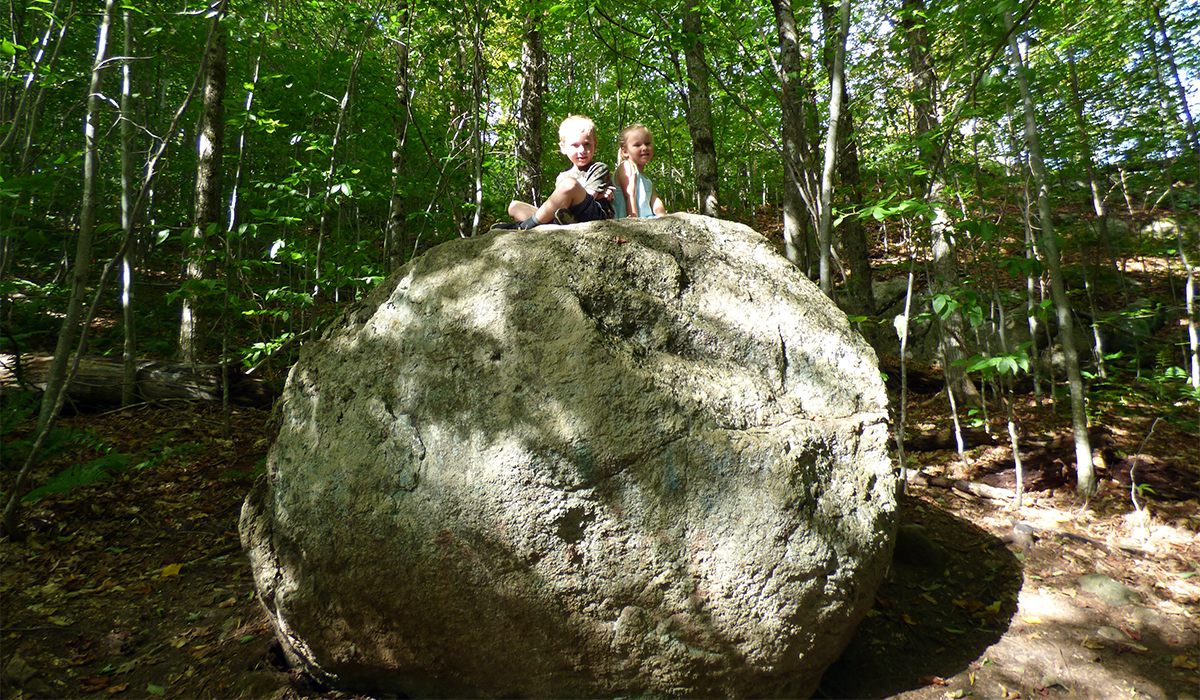
Then I dug a little deeper. Rather than favorite rocks, what about the stories behind the rocks? Often overlooked as just another rock or monument, the following three rocks have some interesting stories and meanings behind them.
Rocky Riddles...
Cairn + The Great Wall of China =
Where in Tupper Lake will you find a piece of The Great Wall of China?
Historically, human made rock piles or "cairns" have been used as trail markers in many parts of the world. If you have spent time on the mountain trails throughout the Adirondacks or elsewhere, I'm sure you have passed one or more cairns along your travels. Often used to guide hikers across treeless summits, these cairns vary is size, shape, and complexity, but typically are all the same in that they are amassed of rocks found in the general area.
Then comes the monumental cairn at The Wild Center with more meanings than one. Built in 2006, as part of the grand opening, the cairn found at the Wild Center Nature Trail entrance is more than just a trail marker. While there isn't some fancy plaque that tells the story, it is a sweet monument and it even a contains donated piece of The Great Wall of China. As stated in a 2006 press release by Betsy Lowe, the museum's Executive Director at the time of the Grand Opening, "So many people helped make the Wild Center a reality and we want everyone to have a part in the monument." So on July 4, 2006, community members, museum supporters, and opening ceremony attendees all came bearing rocks and stones to be included in the approximately 5-foot-tall cairn.
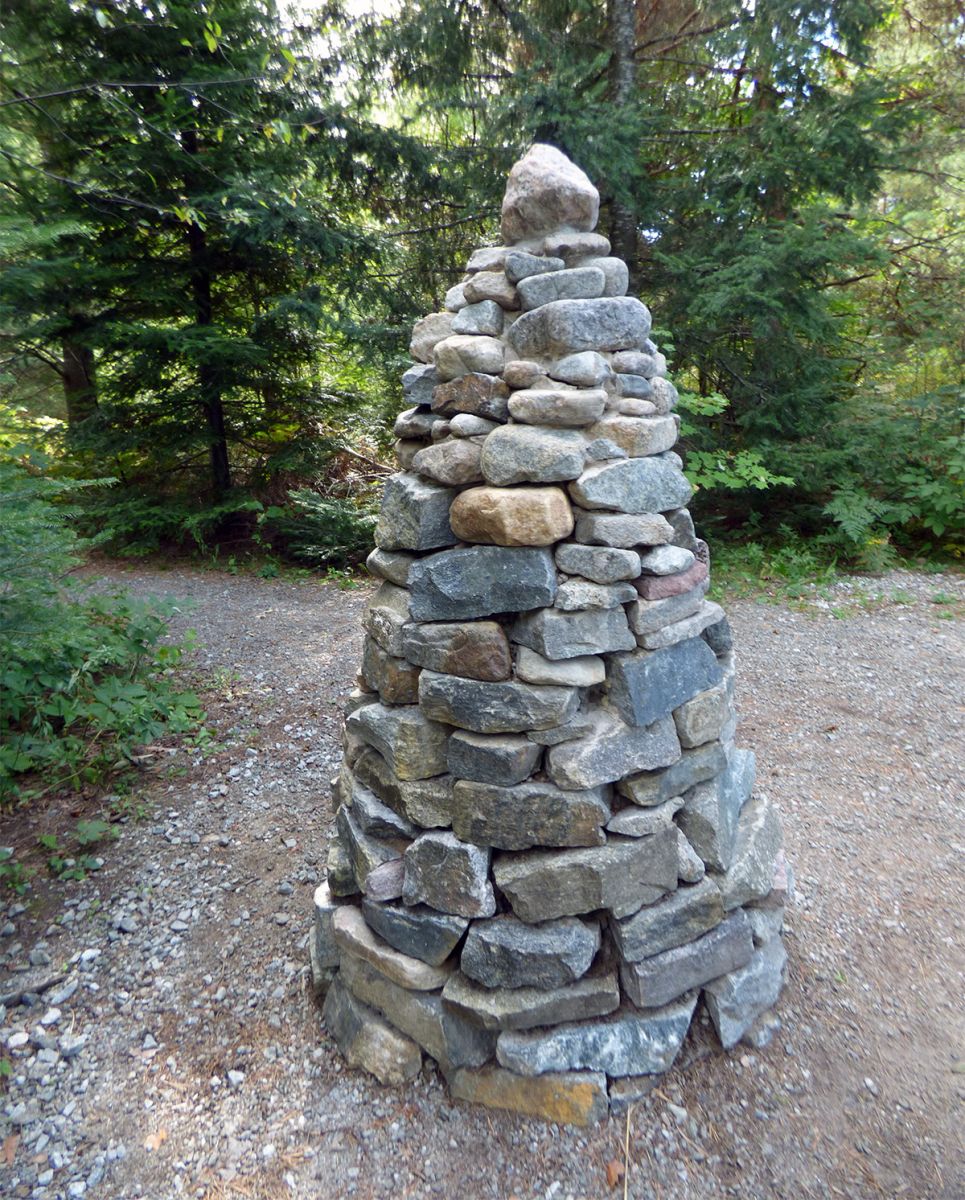
Ten years later, the cairn has guided hundreds of thousands of visitors as they set out to explore The Wild Center's trail network. It stands proudly as a monument to the many who had their hands in part of the museum becoming a reality.
"At this point the rum gave out."
Do you know which mountain peak these 7 words impact?
Rum is not usually something that has much of an influence on mapping out land (well, unless you are Captain Jack Sparrow), but it does in fact put an interesting twist on bald rocky top of Coney Mountain.
When originally surveyed in 1772, Archibald Campbell set out to survey the "north line of the Totten and Crossfield's Purchase" as "a line coming west from a point ten miles north of Crown Point." To put it in layman terms: what is today approximately the southern boundary of Franklin County. By following his field notes, historians indicate that when he started the line he had invited a few Native American Chiefs to follow along to confirm the line was correct. Strangely, the line was "agreed upon by all the interested parties" but never completed finished. The question hasn't been where they ended, but why? And even more importantly, was it straight or placed a mile too far north?
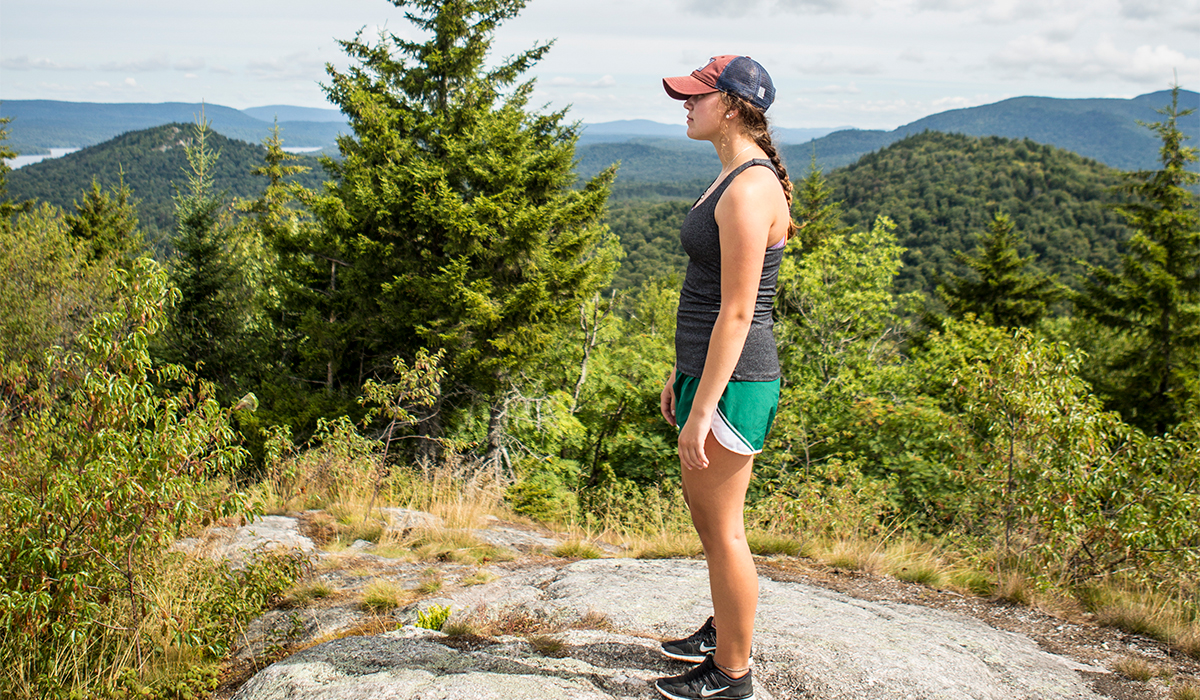
The group had reached the 2,260 elevation peak of Coney Mountain, where they were satisfied with their view east and turned back. This resulted in probably one of the most controversial surveying lines in the area, but not simply because of the official survey stopping short, but the coinciding entry on Campbell's field-book: "At this point the rum gave out." Did the rum or the compass influence their line to be off? Was it the rum or view that caused them to be satisfied with their surveying line? It's hard to say what in fact impacted their decision to turn back, but I know if I had rum and a view that great, I'd be pretty content as well.
World Record X2!
Any idea what rock stands in honor of Tupper Lake's world record breaking history?
There are lots of rocks around the world with plaques on them. They are usually intended to honor someone or some place of significance. Unfortunately, these common markers are overlooked more often than not.
In Tupper we have a few of these too. But there is one that stands taller than the rest. At approximately 6-feet tall, this mammoth rock commemorates the Hurd's "Big Mill" that stood at this footprint from 1890 to 1930. Not only was the Big Mill, the largest sawmill in the area, but it was home ot the largest band saw in the world and not once, but twice, broke the world record for the amount of lumber sawed in a single day. The mill was often referred to as "the mill that made the town."
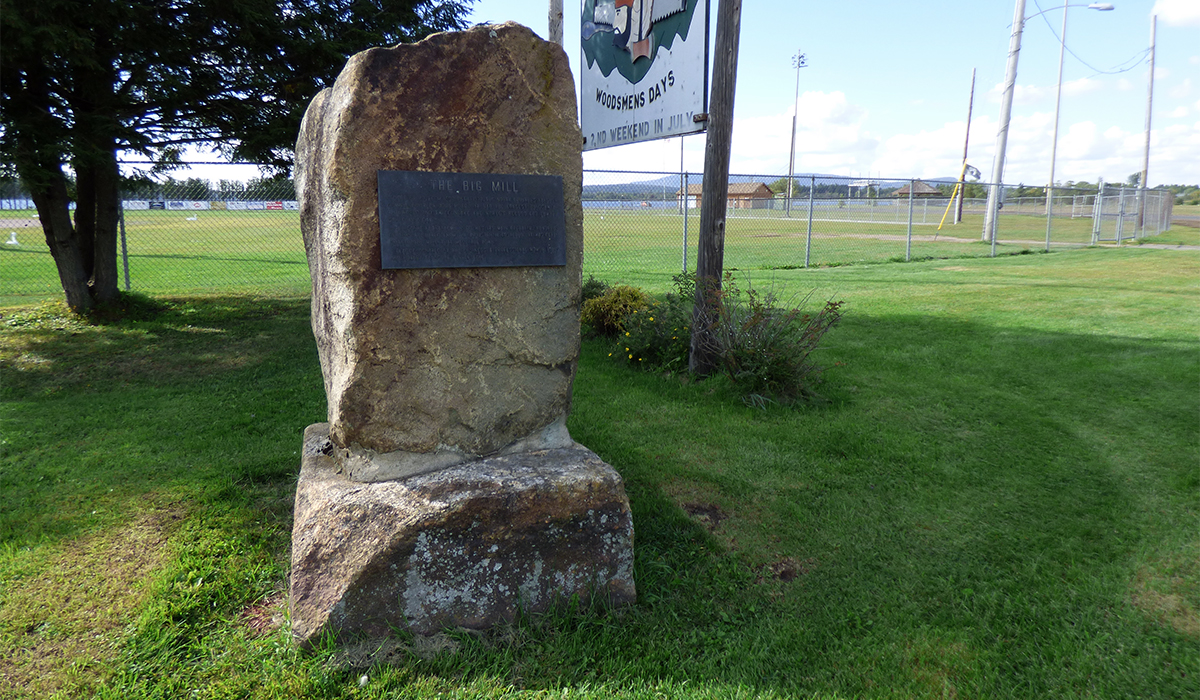
Just like the size of the mill and its impact on Tupper Lake is often forgotten, the large rock monument is sometimes lost in the sheer size of the park around it. Don't fall into this trap. Stop, walk up to it, and get lost in imagining what this site was like a hundred years ago.
Discovering Rocks!
You don't have to be a geologist to enjoy discovering rocks. So, come explore and discover the many different sides of the rocks around Tupper Lake. Make your own memories, take your own picture, and write your own riddled adventures.
This week the ADKs rock on:
